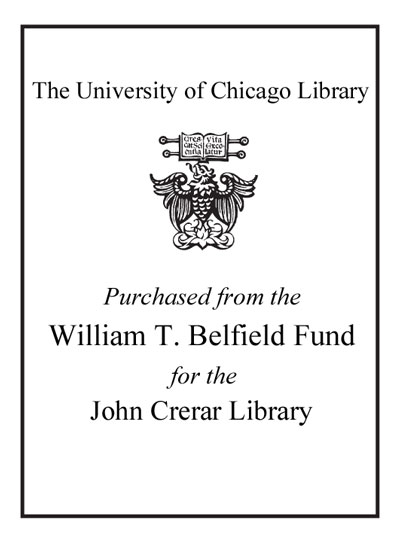An atlas of prostatic diseases /
Saved in:
| Author / Creator: | Kirby, R. S. (Roger S.) |
|---|---|
| Imprint: | New York : Parthenon Pub. Group, c1997. |
| Description: | 96 p.: ill. (some col.) ; 31 cm. |
| Language: | English |
| Series: | The Encyclopedia of visual medicine series Encyclopedia of visual medicine series. |
| Subject: | |
| Format: | Print Book |
| URL for this record: | http://pi.lib.uchicago.edu/1001/cat/bib/3787893 |
Table of Contents:
- Preface
- 1.. Introduction
- 2.. Anatomy and embryology
- Embryological development of the prostate
- Anatomy of the prostatic ducts
- Stromal-to-epithelial ratios
- 3.. Innervation of the prostate
- 4.. Ejaculatory function
- 5.. Molecular mechanisms underlying prostate growth
- 6.. Adrenoceptor signal transduction
- 7.. Causes of abnormal prostate cell growth
- Oncogenes
- Tumor suppressor genes
- 8.. Local growth potential versus metastatic capacity
- Angiogenesis factors
- 9.. Stepwise induction of prostatic neoplasia
- 10.. Inflammatory processes and the prostate
- 11.. Pathology of the prostate
- Benign prostatic hyperplasia
- Prostate cancer
- Histology of prostate metastases
- Histology of prostatitis
- 12.. Bladder outlet obstruction
- 13.. Progressive development of benign prostatic hyperplasia
- 14.. Localized progression of prostate cancer
- 15.. Metastatic spread of prostate cancer
- 16.. Acute and chronic prostatitis
- 17.. Diagnosis of prostatic diseases
- History
- Physical examination
- Microscopy and culture of urine, and expressed prostatic secretions
- Serology
- Imaging studies and urinary flow rate determination
- Transabdominal ultrasound imaging
- Uroflowmetry
- Pressure-flow urodynamics
- Transrectal ultrasound imaging
- Computed tomography and magnetic resonance imaging
- Radionuclide bone scanning
- 18.. Treatment options
- Benign prostatic hyperplasia
- Prostate cancer
- Chemoprevention
- Early disease
- Antiandrogen monotherapy for those considered at high risk of recurrence
- Management of local recurrence
- Advanced disease and the role of LHRH analogs
- Hormone-independent prostate cancer
- Prostatitis
- Sexual function and the prostate
- 19.. Concluding perspectives
- References
- Index


